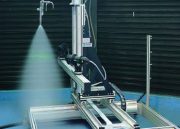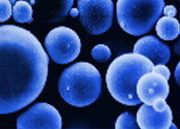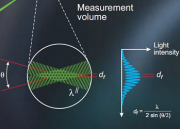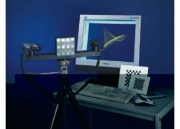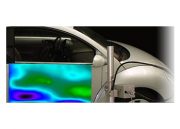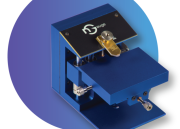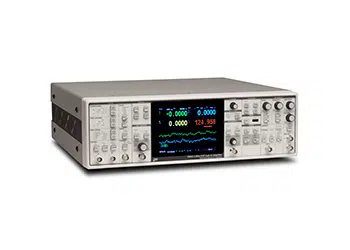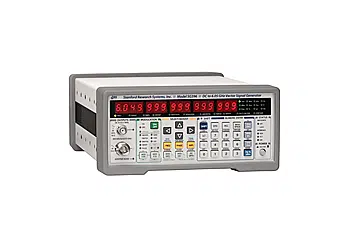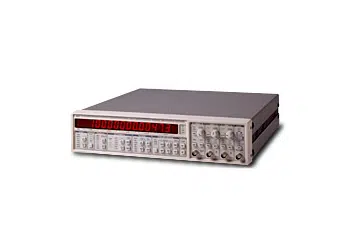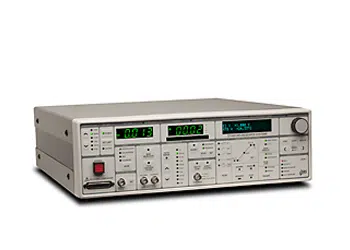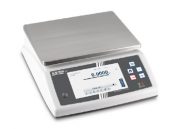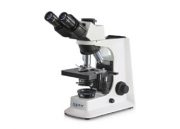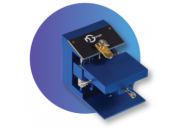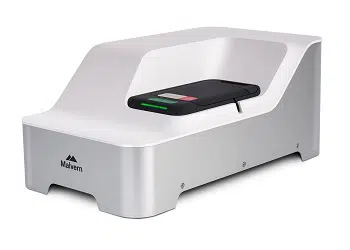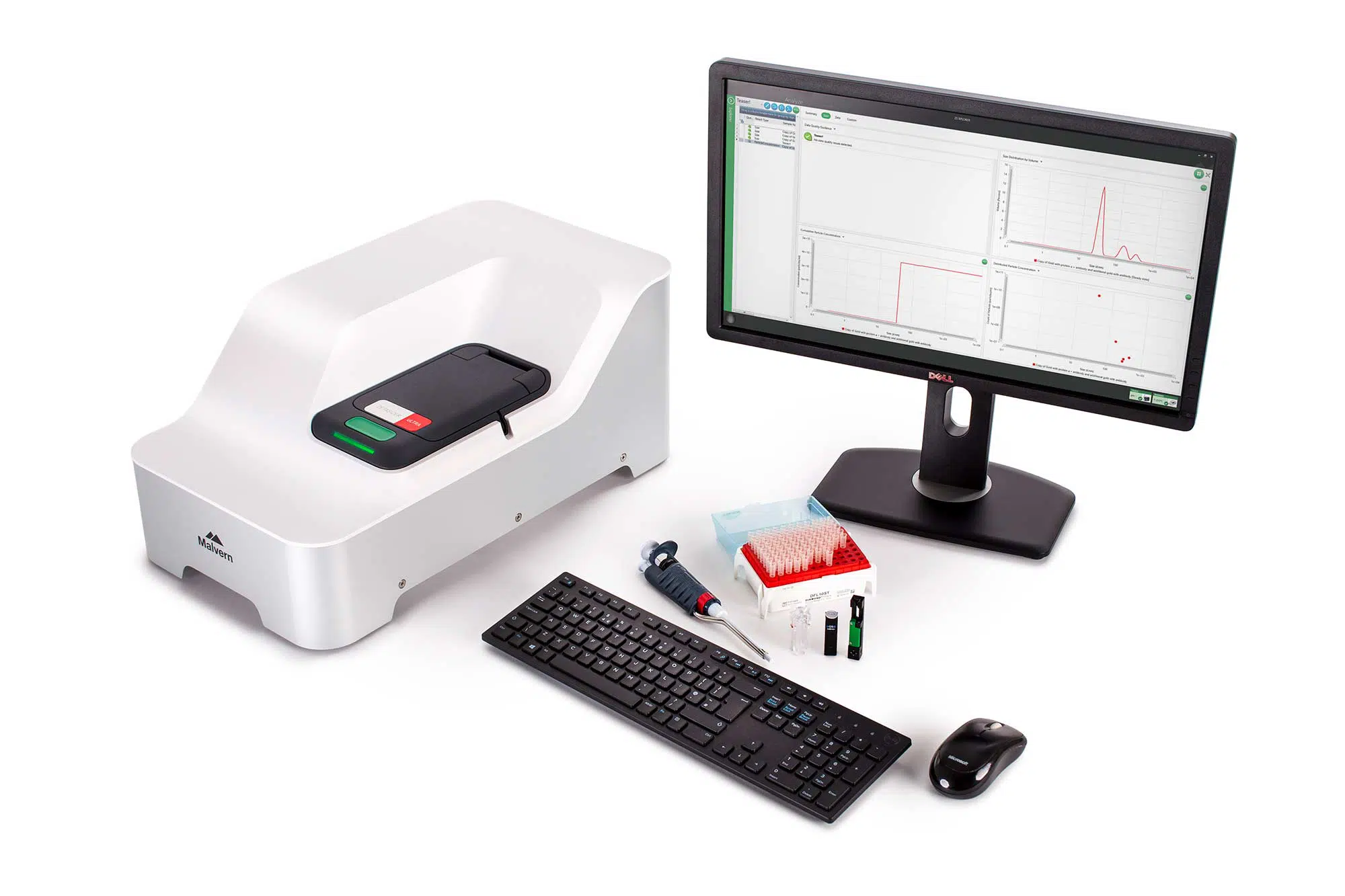Zetasizer Ultra
Zetasizer Ultra
The new Zetasizer Ultra is our most advanced system for the measurement of particle and molecular size, particle charge and particle concentration, and represents the most flexible instrument in the Zetasizer Advance range.
Our flagship model enjoys all the benefits afforded by ZS Xplorer software, in terms of ease of use, analysis speed and data confidence, and also offers unique measurement capabilities like Multi-Angle Dynamic Light Scattering (MADLS®) and in the Red Label version DLS Particle Concentration, to offer even greater insight into your samples.
Infos / Datasheet
- Zetasizer Advance Range Datasheet
- Sample Measurement Particle Size Submicron
- Sample Measurement Zetapotential
Sie sehen gerade einen Platzhalterinhalt von Youtube. Um auf den eigentlichen Inhalt zuzugreifen, klicken Sie auf die Schaltfläche unten. Bitte beachten Sie, dass dabei Daten an Drittanbieter weitergegeben werden.
Mehr InformationenThe Zetasizer Ultra is the world’s most capable combined DLS and ELS particle analyzer, incorporating Non-Invasive Back Scatter (NIBS) and, uniquely, Multi-Angle Dynamic Light Scattering (MADLS) technology for the measurement of particle and molecular size. NIBS provides the versatility and sensitivity to measure the hydrodynamic diameter over a wide concentration range, while MADLS permits a higher resolution view into your sample’s size distribution for those critical measurements.
An extension to MADLS on the Zetasizer Ultra Red Label affords the ability to directly analyze particle concentration.
MADLS concentration measurement is a unique capability of the Zetasizer Ultra Red Label. It is suitable for a wide range of materials, requires no or little dilution, and is quick to use – all of which make it ideal as a screening technique.
The DLS concentration measurement is used to determine the titer of viruses and virus-like particles (VLPs), concentration of extracellular vesicles, exosomes and nanoemulsions or to quantify aggregates in protein solutions or colloidal dispersions.
Key features of the Zetasizer Ultra include:
- Multi-Angle Dynamic Light Scattering (MADLS) for absolute confidence in particle and molecular size distribution analysis
- Dynamic Light Scattering (DLS) – also known as Photon Correlation Spectroscopy (PCS) or Quasi-Elastic Light Scattering (QELS) – measures particle and molecule size, from below 1 nm to 10 µm
- Electrophoretic Light Scattering (ELS) measures the zeta potential, indicating colloidal stability of the sample and/or propensity to aggregate
- This dispersion stability is a crucial factor in protein characterization and nanoparticle characterization and is essential for pharmaceutical formulation
- Non-Invasive Back Scatter (NIBS) optics for versatile, high sensitivity, particle and molecular size measurements.
- Simple and fast, per-peak concentration / titer measurements (Red Label only)
- Disposable capillary sizing cell provides the ultimate in non-destructive, low volume (down to 3 µL) analysis, with an upper size range that extends to 10 μm
- M3-PALS (Mixed-Mode Measurement – Phase Analysis Light Scattering) with Constant Current Mode for zeta potential and electrophoretic mobility measurements
- ZS Xplorer software suite for simple and flexible method set-up and data analysis
- Adaptive Correlation for faster, more reproducible sizing measurements with less sample preparation
- molecular weight of the sample can be estimated using Static Light Scattering (SLS)
- Deep Learning empowered data quality system for assessment of any size and zeta potential data quality issues, with clear advice on how to improve results
- Optical filter wheel with fluorescence filter to allow measurement of fluorescent samples without impairing overall system sensitivity. Also includes polarization filters for Dielectrophoretic Dynamic Light Scattering (DDLS) measurements
- The optional MPT-3 Autotitrator enables study of the effect of changes in pH on the stability of the sample system and determines the isoelectric point
- A range of disposable and reusable cells are available to optimize the measurement in terms of sample volume and concentration, including the new low volume disposable sizing cell kit, which offers the dual benefits of size measurements in as little as 3 µL, and extension to the upper size range of DLS measurements, due to the suppression of convection currents
Sie sehen gerade einen Platzhalterinhalt von Google Maps. Um auf den eigentlichen Inhalt zuzugreifen, klicken Sie auf die Schaltfläche unten. Bitte beachten Sie, dass dabei Daten an Drittanbieter weitergegeben werden.
Mehr InformationenSie sehen gerade einen Platzhalterinhalt von Facebook. Um auf den eigentlichen Inhalt zuzugreifen, klicken Sie auf die Schaltfläche unten. Bitte beachten Sie, dass dabei Daten an Drittanbieter weitergegeben werden.
Mehr Informationen


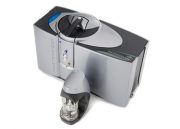

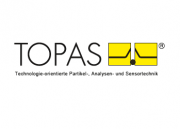
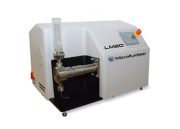
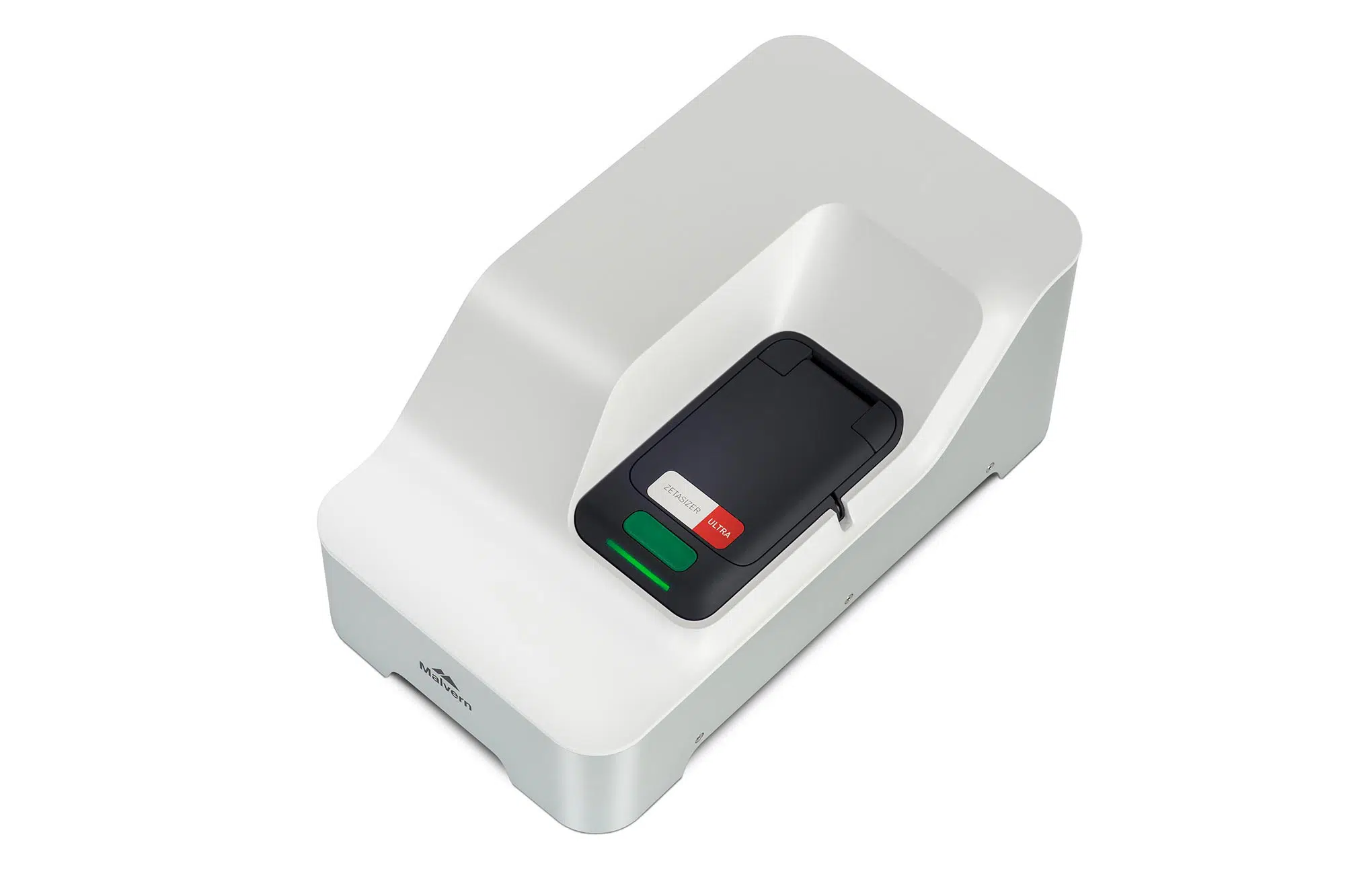
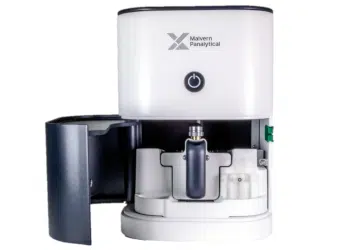



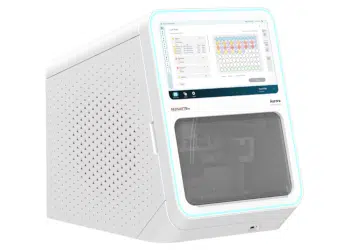
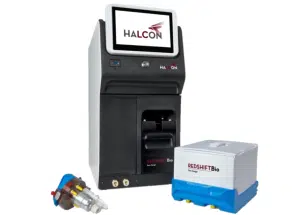
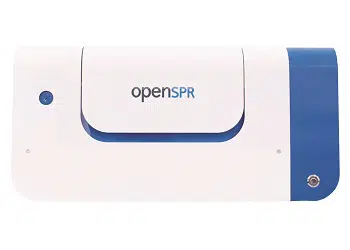
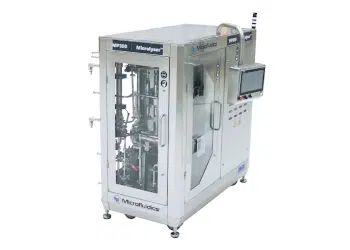
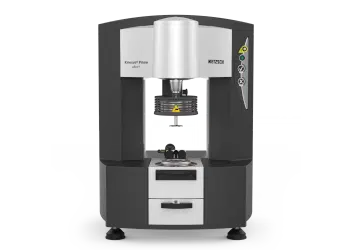
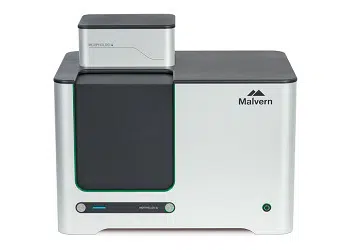
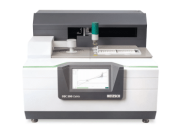






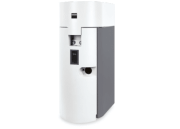

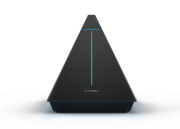
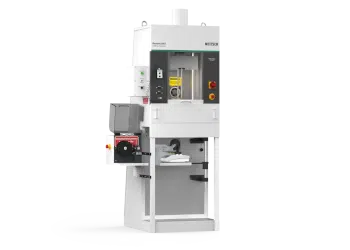
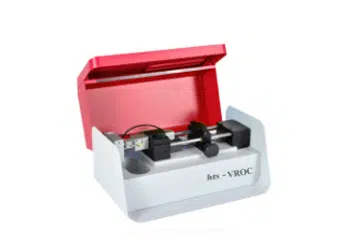
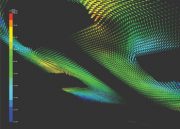

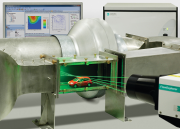
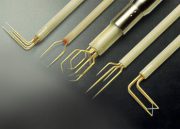
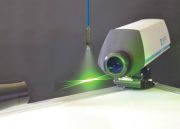
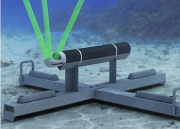
![[:de]kategorie_stroemung_staudruck[:en]kategorie_stroemung_staudruck2[:] [:de]kategorie_stroemung_staudruck[:en]kategorie_stroemung_staudruck2[:]](https://www.prager-elektronik.at/wp-content/uploads/2018/01/kategorie_stroemung_staudruck2-180x129.png)
